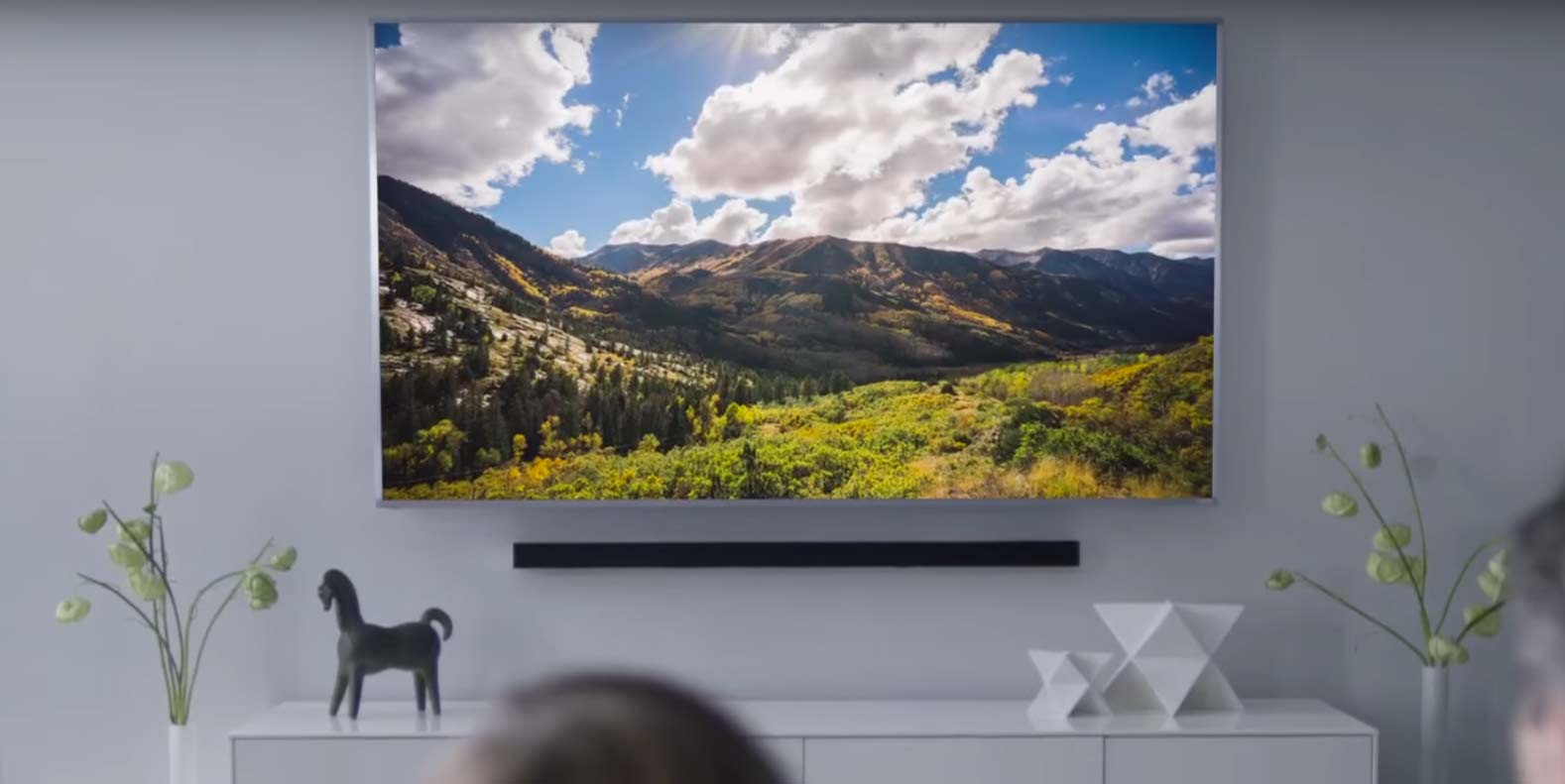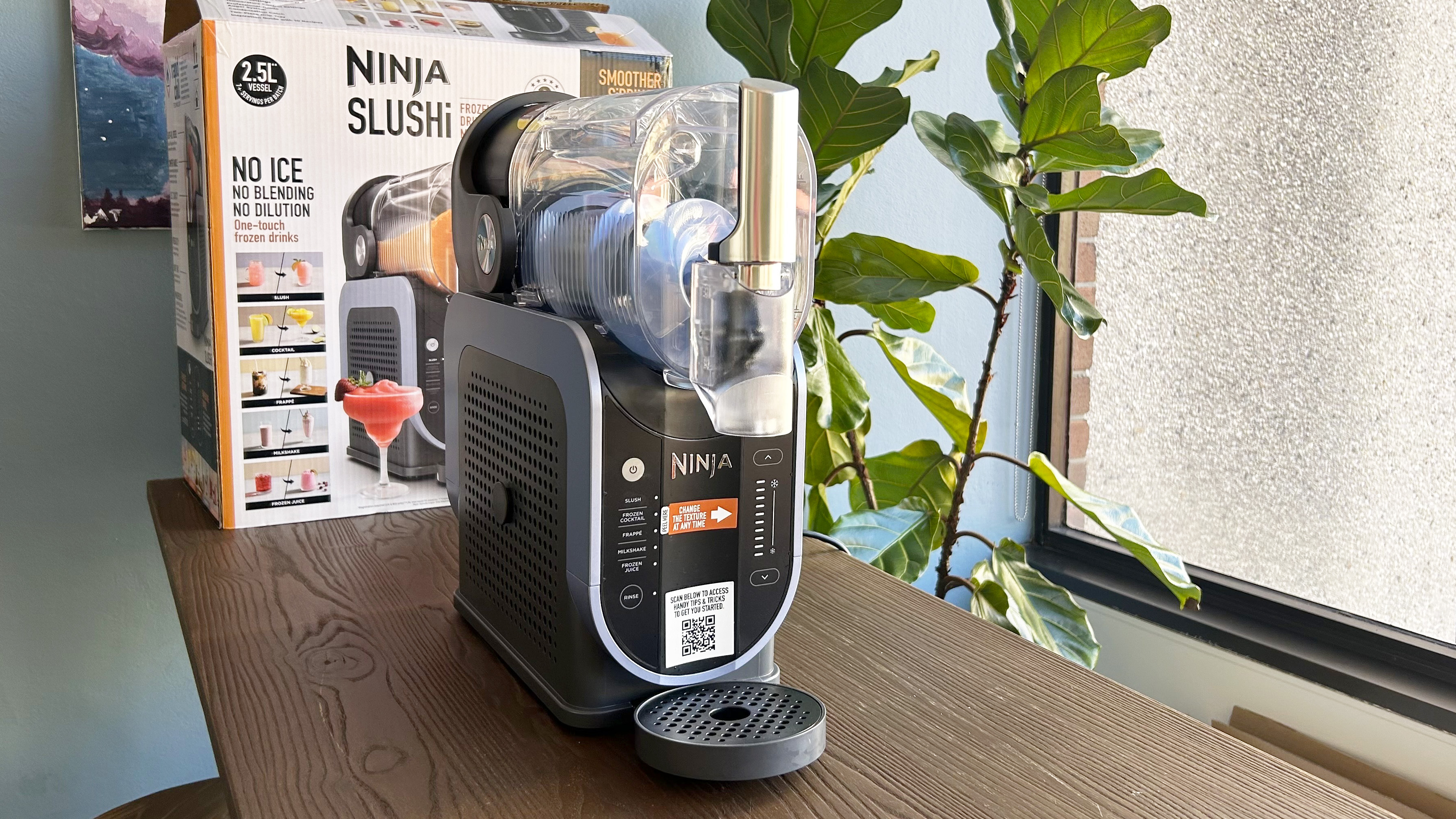Tom's Guide Verdict
Offering a great picture and an updated smart-TV interface, the Vizio P-Series 55-inch 4K Ultra HD set is a smart choice for those who want state-of-the-art features for a reasonable price.
Pros
- +
Excellent 4K picture quality
- +
HDR and Dolby Vision compatible
- +
Competitively priced
Cons
- -
No TV tuner
- -
Slow Android remote control
Why you can trust Tom's Guide
In a market where one can spend several thousand dollars on a TV faster than you can say MasterCard, Vizio has tried to become the brand that offers more for a lot less. The perfect example of that philosophy is the 55-inch P-Series 4K Ultra HD TV, with forward-looking features and performance that are hard to beat at its $999 price.
The 4K P-Series supports the latest high-dynamic-range (HDR) format for boosting color and brightness, as well as delivering compatibility for the Dolby Vision version of the format. To further futureproof the set, Vizio uses Google Cast to support its smart-TV features, potentially offering more flexibility and support for a wider array of apps. Better still, the P-Series backs up it all up with excellent picture performance, thanks to an LCD panel with a full-array LED backlight with active dimming.
Design: Budget Box
One way Vizio keeps the price down is by not spending a lot on snazzy industrial designs. Consequently, the P-Series is of humbler origins, with a wide silver bezel and legs on either end of the panel. If you're looking for a razor-thin showpiece, this is not the set for you. It does come with all the necessary connections for a home theater setup, however, with one significant omission: As more people adopt a cord-cutter stance and want to use an antenna to pull in free local HD broadcasts, they'll be disappointed to discover this set doesn't have a built-in TV tuner, which means they'll have to purchase a separate $100 tuner box to use an antenna.
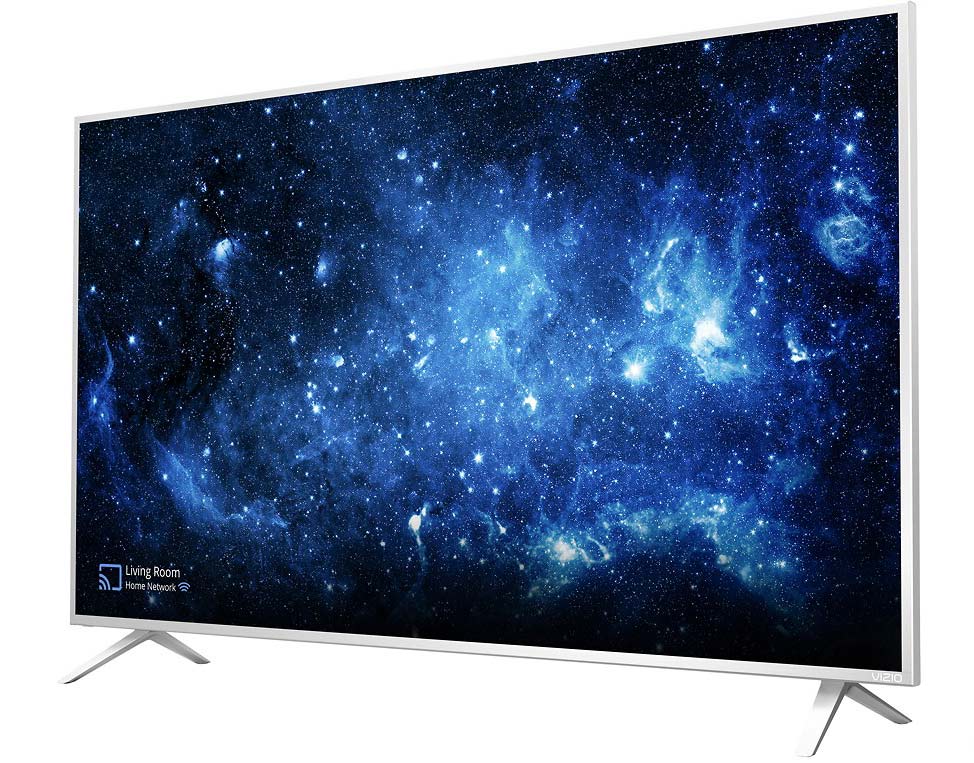
Performance: Great, But Not Subtle
The Vizio P-Series is a definite step up from the company's M-Series. The P-Series uses an IPS (in-plane switching) pane, for example, which delivers better off-axis viewing. Its full-array LED backlight also has nearly twice the number of active zones (126 versus 64) to deliver better contrast within a scene that features both shadows and highlights. I also found that the P-Series yielded very good color accuracy in its calibrated HD mode, although it drifted toward the blue, cooler end of the spectrum displaying 4K HDR content (both confirmed in our color gamut benchmarks).
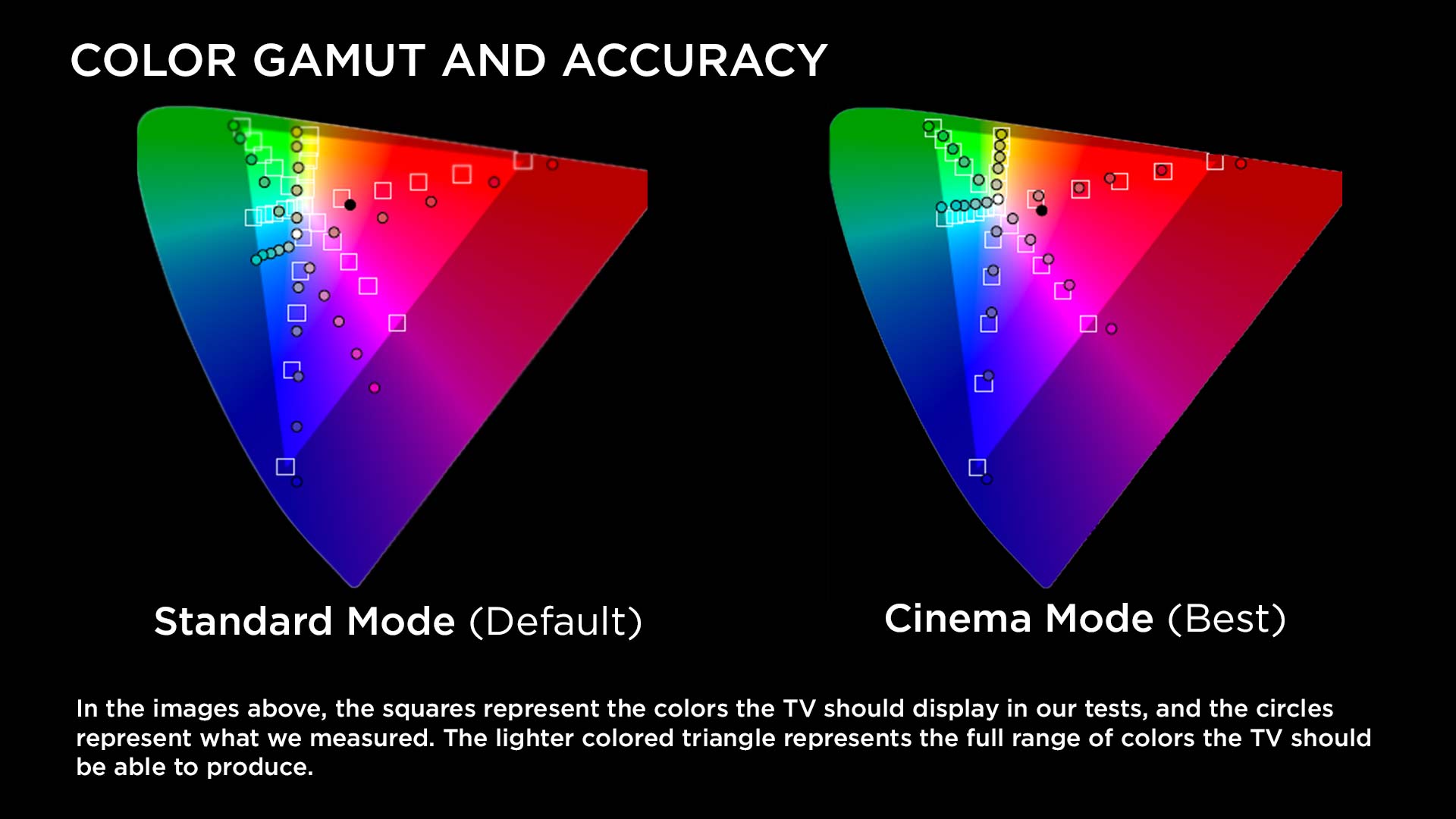
While the P-Series does an admirable job of upscaling HD video, say, from a standard Blu-ray disc, and does an excellent job overall, there are areas of picture performance where it falls short of pricier sets, such as LG's OLEDs and Samsung's KS9000.
MORE: Our Favorite 4K (Ultra HD) TVs Available Now
White objects, such as an astronaut's suit, on the P-Series look dishwater-dull compared with that displayed by OLED sets, for example. And while images on the P-Series demonstrate excellent sharpness and crispness, they can also lack some degree of realism, making Matt Damon's face look rubbery at times in The Martian. The color skew away from red also gave the sky of the fourth planet from the sun a greenish tinge, compared with the rouge displayed by the top 4K sets.
The P-Series yielded very good color accuracy in its calibrated HD mode
The other area some viewers will find wanting is the degree of subtle contrasts and details that the P-Series sometimes fails to render. While the set does a good job yielding deeper blacks, it's often at the expense of eliminating details in shadows, especially compared with the Samsung KS8000. Vizio's picture tends to compress the contrast ratio into a narrower band, which one will find either makes for a bolder or for a cruder picture, depending on your taste.
Audio: Ignored Feature
As with most flat-panel TVs trying to appeal to more budget-conscious shoppers, the P-Series sound section is not noteworthy. It's adequate for most programs but it won't deliver the immersive sonic effects sought by movie fans.
MORE: Our Favorite Soundbars for Small and Big TVs
There's little lower register sound here and to get the most out of what there is, the TV should be placed relatively close to a back wall to improve the reflected sound from the back of the set. One would hope for better audio out of a set at this price, but this is typically an ignored feature.
Interface: Too Clever by Half?
As with its M-Series line of TVs, Vizio is ditching its own custom-built, Yahoo-backed smart-TV interface in favor of Google Cast (the same system behind Google's Chromecast). The company calls its implementation SmartCast, which uses an included Wi-Fi-connected Android tablet as the set's primary remote control (a very rudimentary IR remote is included, but it's basically a backup). Compared with the less expensive M-Series, the P-Series models come with a slightly more powerful 6-inch Android tablet remote that has 16GB of storage and a 1080p screen.
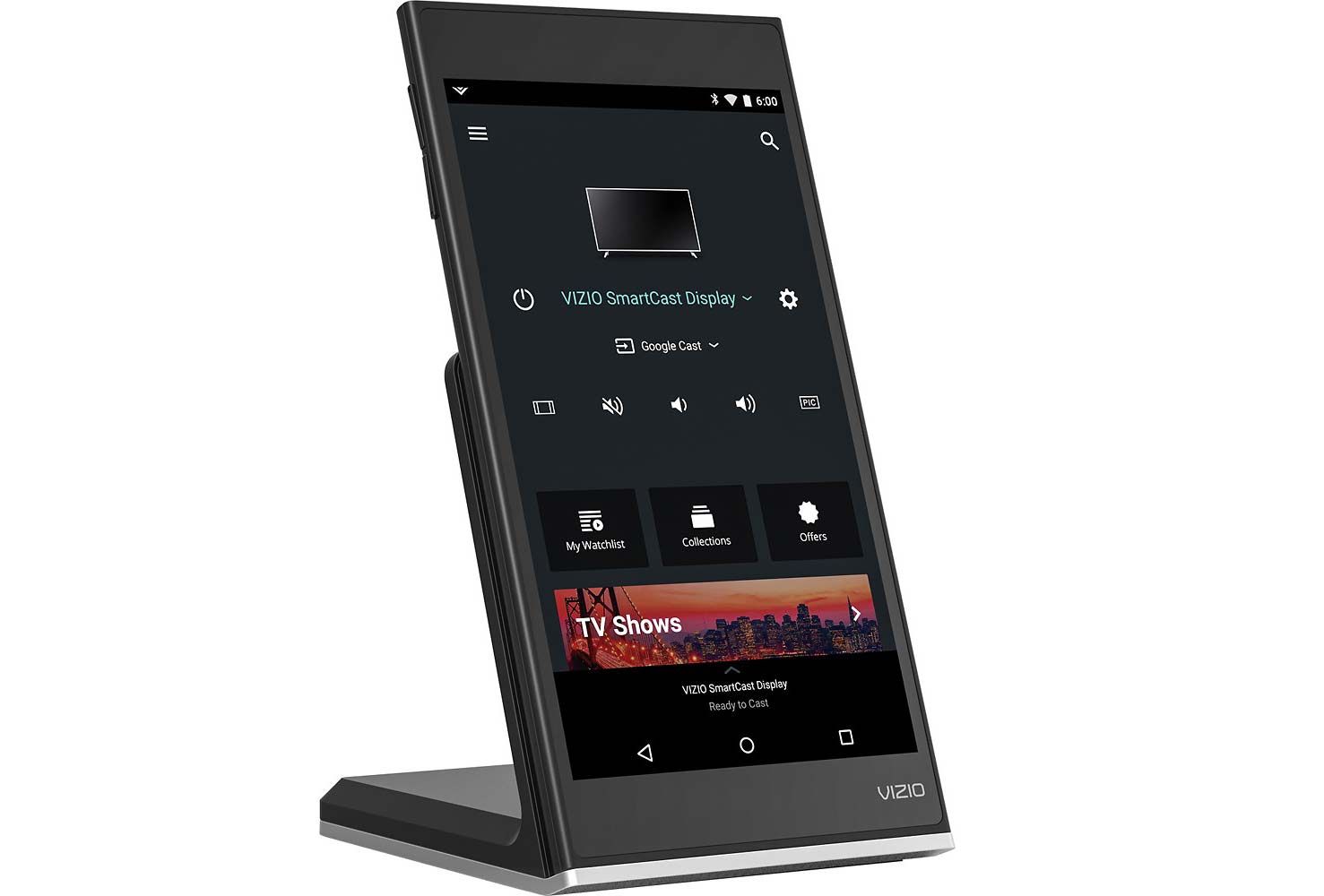
The SmartCast approach is supposed to make it easier to look for programs because you can browse on the tablet across multiple sources and then simply tap or swipe to put the video up on screen. Thanks to Google's broad reach, using Google Cast means support for a very wide array of apps and streaming services, including Netflix, Vudu, Hulu, YouTube and HBO Now. You can also search or browse for content across multiple apps at once, which makes it easier to find something to watch.
Using Google Cast means support for a very wide array of apps and streaming services
The one drawback to this approach, however, is that I found the software tardy, making the Android tablet a very inefficient TV remote. On numerous occasions I sat looking at the dreaded spinning wheel waiting for an option such as the sound settings to pop up. Volume can be adjusted by using the side buttons on the tablet as well, but I found this approach slow to respond, especially when I wanted to quickly lower the volume. Vizio says it has improved the speed of the remote with a firmware update that wasn't available at the time of my testing, and the company plans to update the software to integrate Google Play Movies.
Bottom Line
The 55-inch P-Series is an excellent 4K TV for the money, no question. It delivers a crisp picture and not only ably upscales current HD programming but is also ready for HDR and (hopefully to come) Dolby Vision movies. The only question some shoppers with more flexible budgets may want to ask themselves is whether they're willing to spend considerably more for an even better picture from LG OLED (which costs about twice as much). But if you want to keep costs down, the P-Series delivers a lot for the price.
John R. Quain has been reviewing and testing video and audio equipment for more than 20 years. For Tom's Guide, he has reviewed televisions, HDTV antennas, electric bikes, electric cars, as well as other outdoor equipment. He is currently a contributor to The New York Times and the CBS News television program.
-
pete2212 The vizio option that's 'best tv of 2017' isn't available within 250 miles of washington dc and can't be ordered for delivery. Basically there's no way to purchase it..Reply
